-
 bitcoin
bitcoin $114320.977035 USD
-0.40% -
 ethereum
ethereum $4152.439985 USD
-1.75% -
 tether
tether $1.000111 USD
-0.04% -
 xrp
xrp $2.843037 USD
-1.63% -
 bnb
bnb $1013.349380 USD
-1.62% -
 solana
solana $208.362767 USD
-2.10% -
 usd-coin
usd-coin $0.999783 USD
0.00% -
 dogecoin
dogecoin $0.232559 USD
-1.00% -
 tron
tron $0.333491 USD
-1.09% -
 cardano
cardano $0.806310 USD
0.19% -
 hyperliquid
hyperliquid $45.023720 USD
-1.59% -
 ethena-usde
ethena-usde $1.000819 USD
-0.06% -
 chainlink
chainlink $21.241249 USD
-2.11% -
 avalanche
avalanche $30.035416 USD
-0.66% -
 stellar
stellar $0.364984 USD
-2.05%
What is contract trading (how to play virtual currency contract)
Contract trading in cryptocurrency markets allows traders to speculate on price movements without owning the digital currencies, providing opportunities for leverage, short-selling, protection, and high liquidity.
Oct 13, 2024 at 10:42 am
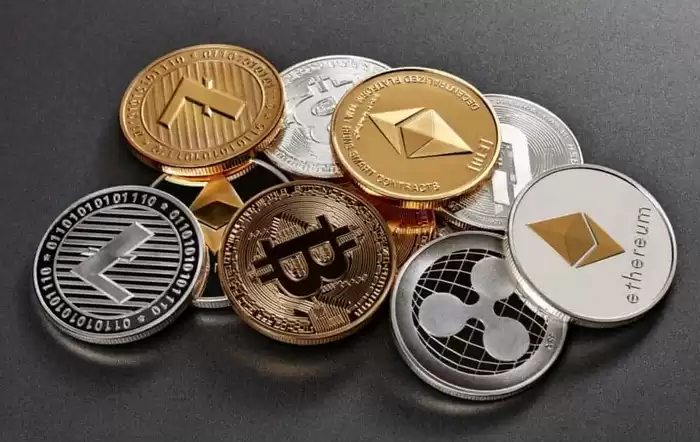
Contract trading, also known as futures trading, is a financial derivative that allows traders to speculate on the future price of an underlying asset without actually owning the asset. In cryptocurrency markets, contract trading enables traders to take positions on the price movements of digital currencies without the need for physical ownership or custody of the underlying coins or tokens.
How to Play Virtual Currency Contract1. Choose a Cryptocurrency ExchangeSelect a reputable cryptocurrency exchange that offers contract trading services. Some popular exchanges include Binance, FTX, and Bybit.
2. Open a Trading AccountCreate an account on the chosen exchange and complete the required verification process.
3. Fund the AccountTransfer funds into your trading account using supported methods, such as bank transfers, credit card deposits, or cryptocurrency deposits.
4. Select a ContractNavigate to the contract trading section of the exchange and choose the contract you want to trade. Contracts are typically named after the underlying asset (e.g., BTCUSDT for Bitcoin against the USD).
5. Set Trading ParametersSpecify the number of contracts you want to buy or sell, the leverage you will use, and the stop-loss and take-profit levels that will automatically execute orders at predetermined price points.
6. Place the TradeClick on the "Buy" or "Sell" button to execute the trade.
7. Monitor the PositionAfter placing the trade, you can track its progress in the open positions tab. The profit or loss will fluctuate based on the price movements of the underlying asset.
8. Close the TradeWhen you are ready to close the trade, click on the "Close Position" button. The exchange will automatically close the position at the current market price.
Benefits of Contract TradingLeverage: Traders can use leverage to amplify their profits. However, leverage also increases the risk of losses.
Short-selling: Traders can profit from the decline in the price of an asset by taking short positions.
Protection: Hedge funds can use contracts to protect their existing cryptocurrency holdings against price fluctuations.
Liquidity: Contract trading markets often offer high liquidity, making it easy for traders to enter and exit positions quickly.
High volatility: Cryptocurrencies are known for their volatility, which can lead to unpredictable price movements and potential losses.
Leverage risk: Excessive leverage can magnify losses, especially in volatile markets.
Liquidation risk: If the price of the underlying asset moves against your position and reaches a certain margin level, your position may be liquidated.
Expiration: Futures contracts have an expiration date. If you do not close the position before the expiration date, it will be automatically closed at the settlement price set by the exchange.
Disclaimer:info@kdj.com
The information provided is not trading advice. kdj.com does not assume any responsibility for any investments made based on the information provided in this article. Cryptocurrencies are highly volatile and it is highly recommended that you invest with caution after thorough research!
If you believe that the content used on this website infringes your copyright, please contact us immediately (info@kdj.com) and we will delete it promptly.
- BlockDAG, DOGE, HYPE Sponsorship: Crypto Trends Shaping 2025
- 2025-10-01 00:25:13
- Deutsche Börse and Circle: A StableCoin Adoption Powerhouse in Europe
- 2025-10-01 00:25:13
- BlockDAG's Presale Buzz: Is It the Crypto to Watch in October 2025?
- 2025-10-01 00:30:13
- Bitcoin, Crypto, and IQ: When Genius Meets Digital Gold?
- 2025-10-01 00:30:13
- Stablecoins, American Innovation, and Wallet Tokens: The Next Frontier
- 2025-10-01 00:35:12
- NBU, Coins, and Crypto in Ukraine: A New Yorker's Take
- 2025-10-01 00:45:14
Related knowledge

How to calculate the required initial margin for Ethereum contracts?
Oct 01,2025 at 06:01am
Understanding Initial Margin in Ethereum Futures1. The initial margin for Ethereum futures contracts represents the minimum amount of capital a trader...
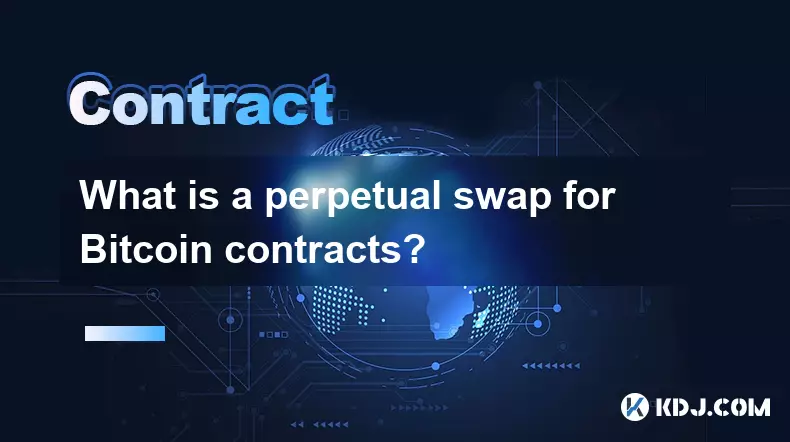
What is a perpetual swap for Bitcoin contracts?
Oct 01,2025 at 08:18am
Understanding Perpetual Swaps in Bitcoin Trading1. A perpetual swap is a type of derivative contract that allows traders to speculate on the price of ...

What is the best platform for trading SOL contracts?
Oct 01,2025 at 06:36am
Understanding the Role of Decentralized Exchanges in Modern Crypto Trading1. Decentralized exchanges (DEXs) have reshaped how traders interact with di...
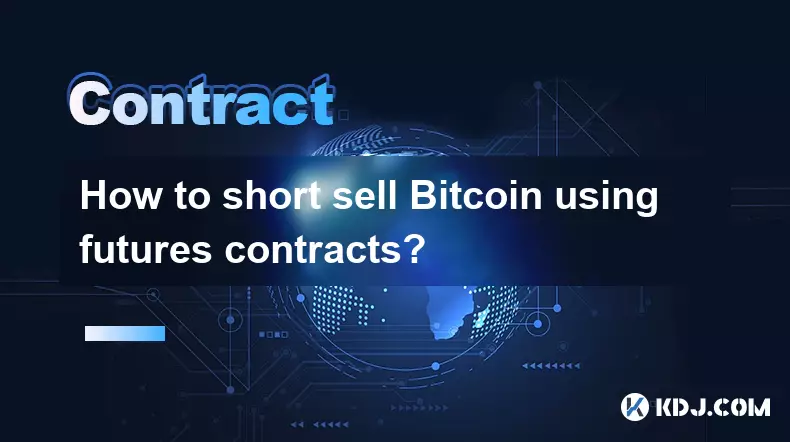
How to short sell Bitcoin using futures contracts?
Oct 01,2025 at 02:54am
Understanding the Role of Decentralized Exchanges in Crypto Trading1. Decentralized exchanges (DEXs) have become a cornerstone of the cryptocurrency e...
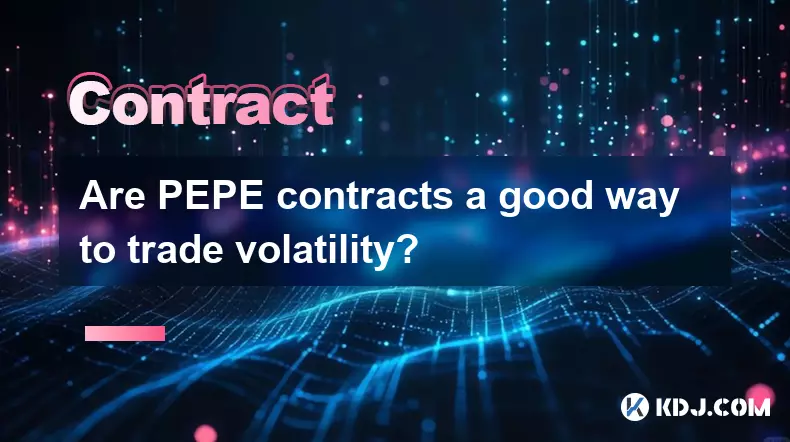
Are PEPE contracts a good way to trade volatility?
Oct 01,2025 at 04:18am
Understanding PEPE Contracts in the Cryptocurrency Market1. PEPE contracts, derived from the broader meme coin movement, have gained attention due to ...
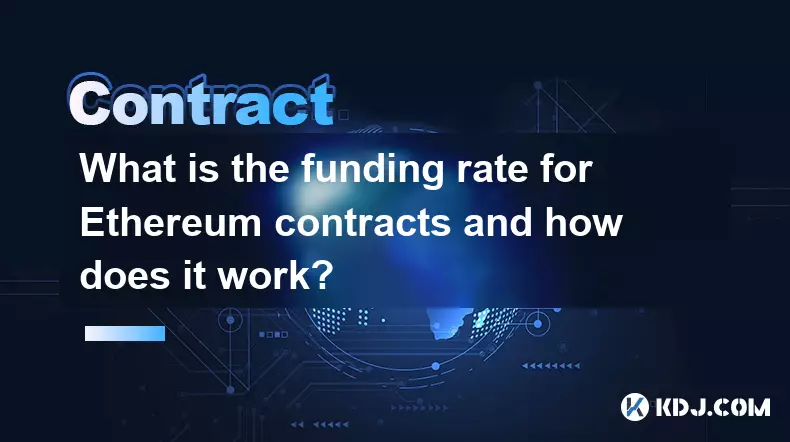
What is the funding rate for Ethereum contracts and how does it work?
Oct 01,2025 at 10:54am
Funding Rate Mechanism in Ethereum Derivatives1. The funding rate is a periodic payment exchanged between long and short positions in perpetual future...

How to calculate the required initial margin for Ethereum contracts?
Oct 01,2025 at 06:01am
Understanding Initial Margin in Ethereum Futures1. The initial margin for Ethereum futures contracts represents the minimum amount of capital a trader...

What is a perpetual swap for Bitcoin contracts?
Oct 01,2025 at 08:18am
Understanding Perpetual Swaps in Bitcoin Trading1. A perpetual swap is a type of derivative contract that allows traders to speculate on the price of ...

What is the best platform for trading SOL contracts?
Oct 01,2025 at 06:36am
Understanding the Role of Decentralized Exchanges in Modern Crypto Trading1. Decentralized exchanges (DEXs) have reshaped how traders interact with di...

How to short sell Bitcoin using futures contracts?
Oct 01,2025 at 02:54am
Understanding the Role of Decentralized Exchanges in Crypto Trading1. Decentralized exchanges (DEXs) have become a cornerstone of the cryptocurrency e...

Are PEPE contracts a good way to trade volatility?
Oct 01,2025 at 04:18am
Understanding PEPE Contracts in the Cryptocurrency Market1. PEPE contracts, derived from the broader meme coin movement, have gained attention due to ...

What is the funding rate for Ethereum contracts and how does it work?
Oct 01,2025 at 10:54am
Funding Rate Mechanism in Ethereum Derivatives1. The funding rate is a periodic payment exchanged between long and short positions in perpetual future...
See all articles










































































